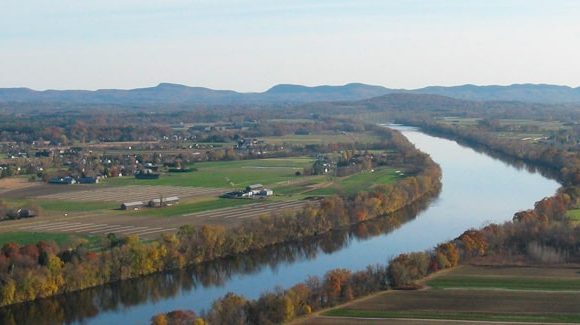Across the United States, many urban, suburban, and even rural neighborhoods are experiencing dramatic transformations. Parking lots, underused commercial properties, and former industrial sites are being replaced by condominiums, apartments, townhouses, and small-lot single-family homes. These examples of residential infill—or building new homes in previously developed areas—can help to expand housing choices, make neighborhoods livelier, increase the tax base, safeguard rural landscapes, reduce infrastructure costs, and protect natural resources. Infill can also provide significant environmental benefits when compared with conventional greenfield1 suburban development—including reduced transportation emissions from new residents and reduced stormwater pollution washing off of new roadways and other paved surfaces.
Publications
Residential Construction Trends in America’s Metropolitan Regions: 2012 Edition
Downloadable Documents
Author
Kevin Ramsey
Publisher
Washington, DC: Office of Sustainable Communities, Smart Growth Program
Page Numbers
42
Publication Date
December 02, 2012
Publication Type
Reports and Guides
State
National
Keywords
Smart Growth / Growth Management





